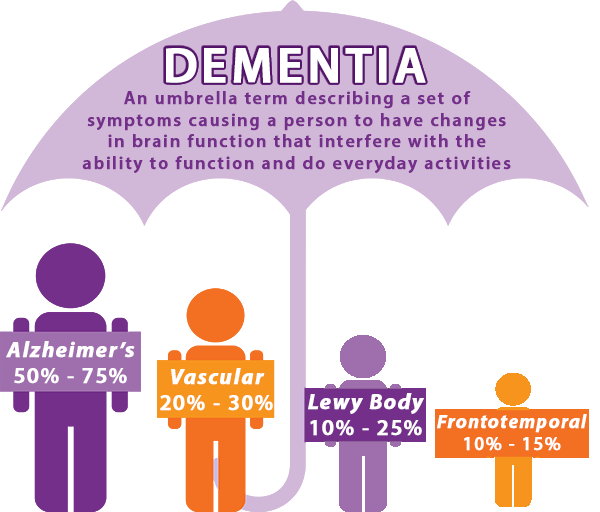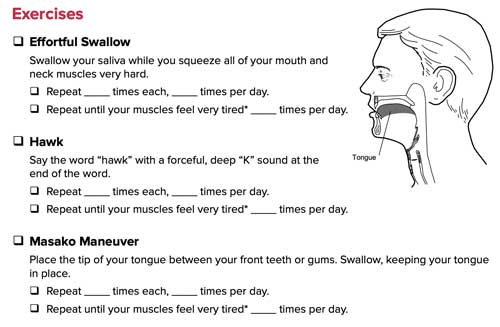At-Home Speech Therapy
At-Home Speech Therapy exercises and strategies to use when you have slurred speech, medically known as “dysarthria.” According to The American Speech & Hearing Association and Joseph R. Duffy, author of Motor Speech Disorders: Substrates, Differential Diagnosis, and Management, dysarthria refers to a group of neurogenic...




